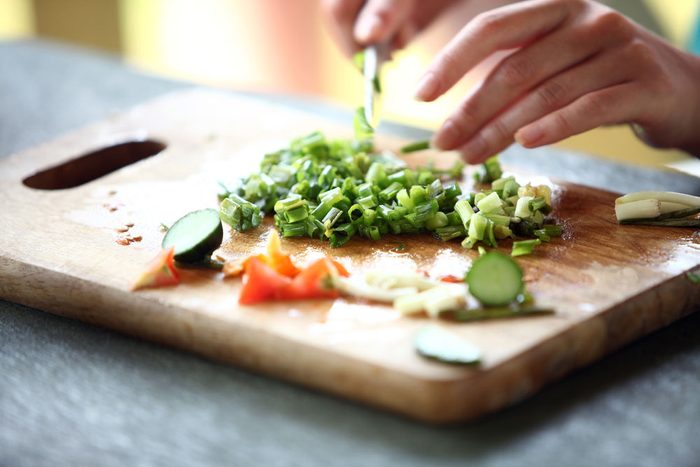
Change your eating habits
What better time than spring to think about how small, sensible changes can help us eat better and be healthier? And with Earth Day coming up, it’s also a good time to think about changing some of our cooking and eating habits to better our environment.
These nine tips will help you conserve water and energy; reduce waste at home; and help boost your nutrition when you cook, too. Do what you can-every small change will make a difference!

Cook efficiently
Your ‘cookprint’ is the energy needed to prepare and cook food. According to Save On Energy, a program by the Government of Ontario, using lids while you cook-say, while boiling a pot of water-can decrease your energy use by up to 14 percent. Use smaller, energy-efficient appliances such as a slow cooker to make just about anything from appetizers to stews. You can also cook in your toaster oven; it’s perfect for mini-pizzas or roasting veggies. And don’t be afraid to use a little elbow grease. If you can, use a hand egg beater, manual can opener or hand-held juicer instead of the electric ones.
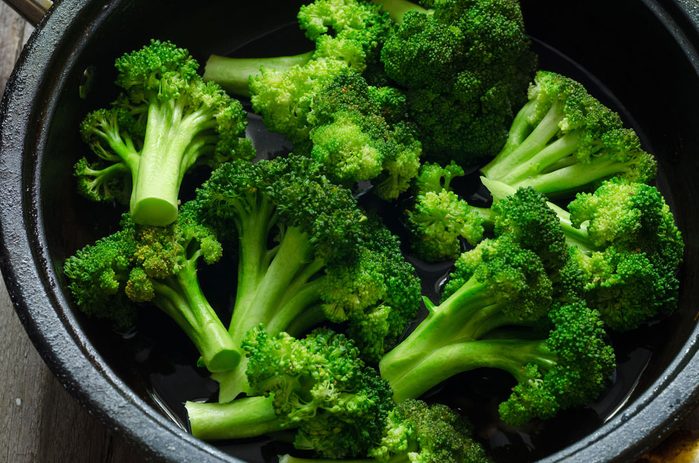
Steam your food
To conserve water, steam vegetables with a small amount of water instead of boiling them in a pot full of water that you’ll throw out afterwards. The bonus with steaming is that veggies stay tender-crisp, and few vitamins and minerals are lost in the cooking water. I stack a few bamboo steamers that I bought in Chinatown so I can steam dim sum and veggies all at the same time-and I only need to use one burner on the stove.
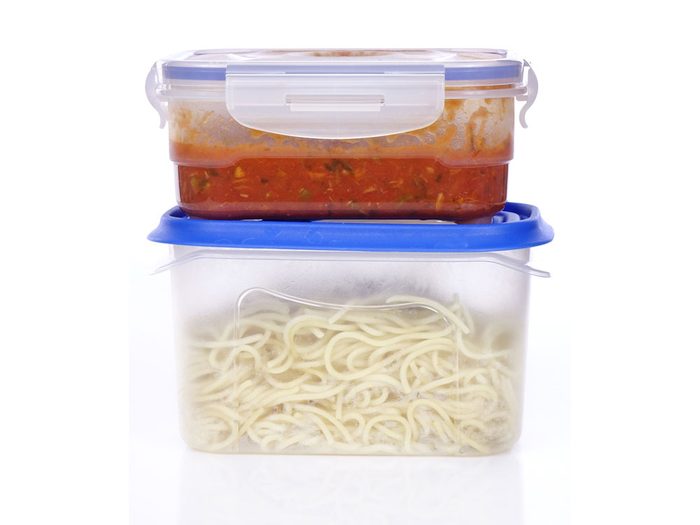
Defrost food in the fridge
Another way to conserve water is to avoid defrosting food under cold running water or in a sink of water. Just one minute of running the tap sends an average of 13.5 litres of water down the drain. Instead, plan ahead when you can, and put frozen meat in the fridge to defrost a day or two before you need it. For example, plan on approximately 10 hours per kilogram (or five hours per pound) when defrosting frozen poultry. Or thaw frozen meat in the microwave.

Don’t overfill the kettle
If you want to make a cup of coffee or tea, fill the kettle with just enough water to do the job, rather than wasting the energy needed to heat the full kettle. If you do have extra water left over, use it for cooking or washing fruit and vegetables. Some kettles now have a built-in temperature setting so the water doesn’t have to reach boiling each time. That’s a handy feature for green-tea lovers like me, since it is best made with water that is a few degrees below boiling (175°F/80°C); making green tea with boiling water burns the leaves and gives it a bitter taste.
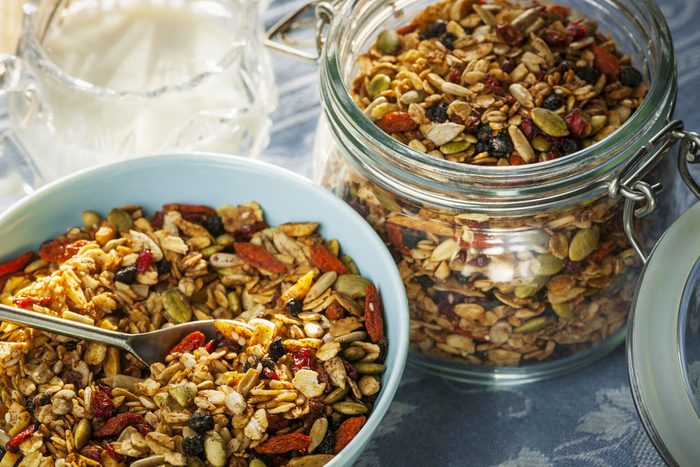
Have no-cook days
Enjoy a bowl of yogurt with granola for breakfast. Have a peanut butter and banana sandwich on whole-wheat bread for lunch. For dinner, have a tuna salad wrap with carrots.

Keep a pitcher of water in the fridge
No more letting the tap run whenever you want a glass of cold water! A regular jug or pitcher will do, or you can get a jug with a water filter.
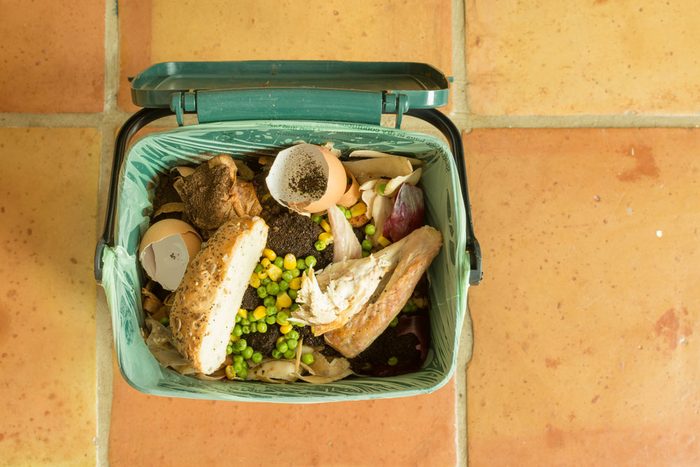
Minimize food waste
Food that is thrown out ends up in landfills. According to Environment Canada, when food decomposes, it produces methane, which is a greenhouse gas contributing to climate change. Make a grocery list and buy only what you need so that food is not wasted. Or shop daily to buy the perishable items you will need for that night and for the next day’s meals. Store food properly, freeze extra, and be creative with leftovers.

Enjoy a meatless meal
Lean cuts of meat are terrific sources of protein, iron and vitamin B12. But typically, more resources are needed to produce meat compared to grains, fruit or vegetables. Take a break from meat once a week. Alternatives such as beans, lentils and nuts can help you get more fibre, too.
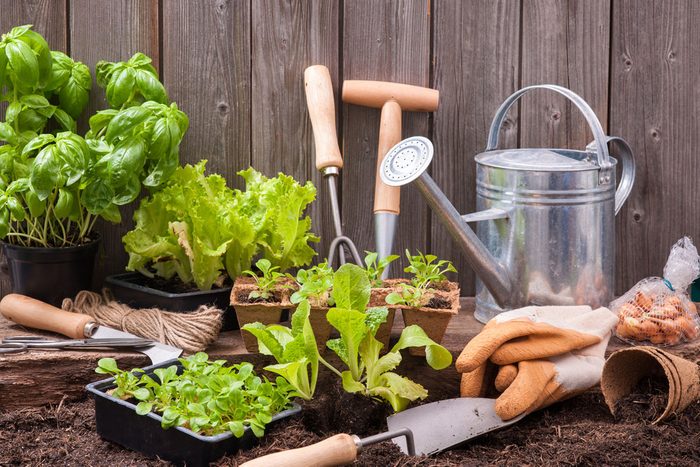
Eat locally grown foods
Though it’s not possible to find throughout the year in Canada, I love the taste of locally grown seasonal produce. An added benefit is the reduced transportation from farm to plate, which can help to lower the carbon footprint. Take this a step further and think about your own transportation when shopping: If possible, walk, cycle or take public transit to get your groceries when you can-with reusable bags or a backpack, of course.
Related:
• 10 of the Most Nutritious Foods in the World
• The Truth About Gluten Free
• 6 Surprising Foods Bursting with Plant Protein
